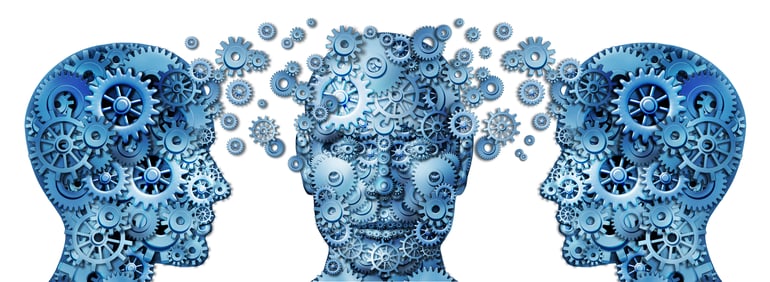4 Biases that Affect a Customer's Willingness to Pay
 PriceBeam
·
3 minute read
PriceBeam
·
3 minute read

In a perfect world, a person’s willingness to pay will directly reflect the welfare that he gains from acquiring said good. However, as in many other cases, the consumer mind is not perfectly rational: for instance, most people gain tremendous welfare from purchasing health insurance in the long run, but low-income citizens will often not get one. High-income citizens may buy goods that are of no use to them whatsoever, for instance a new television when the old one is just fine. Also here, the welfare obtained from acquiring the good is mismatched with the willingness to pay.This is a harsh truth that both firms and policymakers need to face: welfare and willingness to pay are not directly tied together. That’s why many countries have free healthcare, free education, etc.: because leaving it to the citizen to maximize her personal welfare leads to suboptimal outcomes for the individual.
So why is this important to businesses?
In general, firms tend to be more laissez-faire than governments when it comes to maximizing the consumers’ welfare. As long as the customer voluntarily commits to making a purchase, why would one want to interfere?
The biases that governments try to counter to maximize welfare are biases that firms can use to their advantage: roughly speaking, firms can create an illusion of welfare by playing such biases, and ultimately maximize their own profit. Here are 4 well-documented biases affecting willingness to pay.
#1: Projection Bias
Projection Bias refers to how consumers are easily influenced by their current emotional state when making consumption choices, and determining how much to pay for goods. There are several examples of projection bias leading to significant errors in judgment: for instance, consumers who go grocery shopping on an empty stomach make an irrational forecast of how hungry they will be in the future, because they are hungry while making the forecast. Ultimately, this will lead them to make a consumption choice that they will later regret.
Similarly, when people join gyms, they will typically have a great desire to work out in the future: however, as they make the consumption choice without bearing the cost of exercise (time, sweat, strain), they tend to overestimate how much they will use the gym membership. In theory, people should be exercising as they sign up to gym memberships to make a more rational decision.
For businesses, there are several ways to turn this bias to their advantage. Gym studios can offer special promotions around times where the desire to exercise is particularly high, such as after New Year’s or by the end of a holiday season. Car dealers can make seasonal adjustments to prices, as the consumers will be more fed up with not owning a car during the winter.
Where projection biases can become a problem for businesses is when consumption choices become so impulsive and irrational that the consumer will almost certainly regret his choice, and either return the good or blame the customer service for not preventing him from making the choice.
#2: Unrealistic Optimism
Most consumers are overly optimistic about pretty much anything: research consistently show that people underestimate the risk of them becoming involved in a car accident, get divorced, suffer from a heart attack; similarly, university graduates overestimate their likely starting salaries, and people underestimate their need for insurance.
Thus, firms will need to correct such bias; an insurance provider should let people know that they’re in greater need of an insurance policy than they think; an airline should tell people that they probably won’t get to the destination as soon as they think, if they take the car; and the organic, healthy restaurant should tell people that they’re in greater risk of heart disease than they think.
#3: Myopia (Short-term orientation)
In general, people tend to be very short-term oriented: they have a taste for their current well-being over their future well-being. Popular examples of such bias is the high demand for tobacco and alcohol.
In relation to myopia, we also have the ‘cumulative cost neglect’: that is, consumers fail to realize that small costs that may seem negligible will accumulate over time, and become a significant cost that they would not have been willing to incur, if they were perfectly aware of it: again, an example is smoking, where the cost of smoking one cigarette is relatively small, but the cost over time is huge.
The lesson for businesses here is that they should emphasize short-term benefits as much as possible, while do anything within their power to erase or conceal short-term damage.
#4: The Focusing Illusion
‘’Nothing in life matters quite as much as you think it does while thinking about it.”
There is an inherent bias in consumers that when they focus a lot on a particular aspect in life, they massively overestimate how it will affect their happiness: for instance, a keen high school student thinks that getting into a top university will ensure happiness for a long time to come, while in fact, research shows it will not. Similarly, people tend to think that divorce, the loss of a relative, etc., will make them much unhappier than is actually the case.
Especially businesses such as law firms, undertakers, and therapists benefit greatly in terms of a high willingness to pay.

.png?width=400&height=100&name=PBLogoTransparent%20(1).png)



